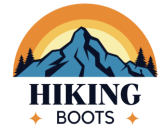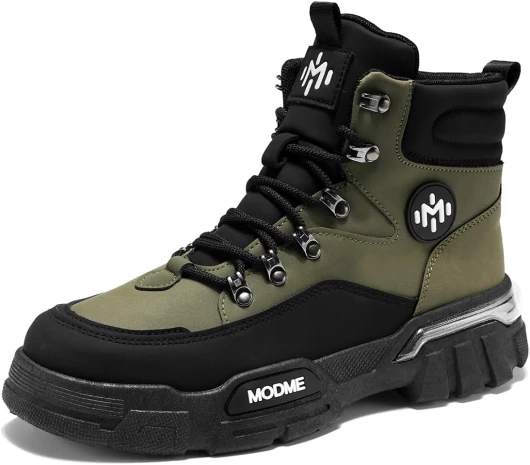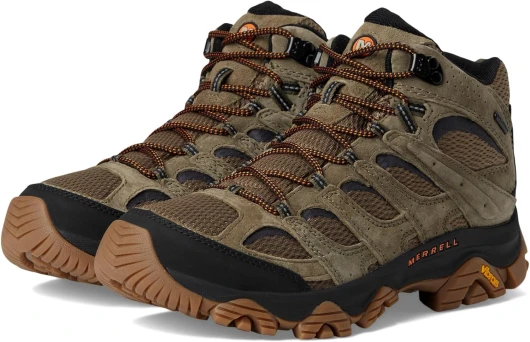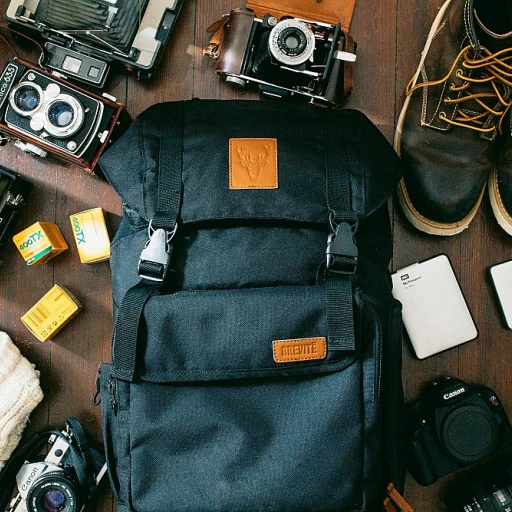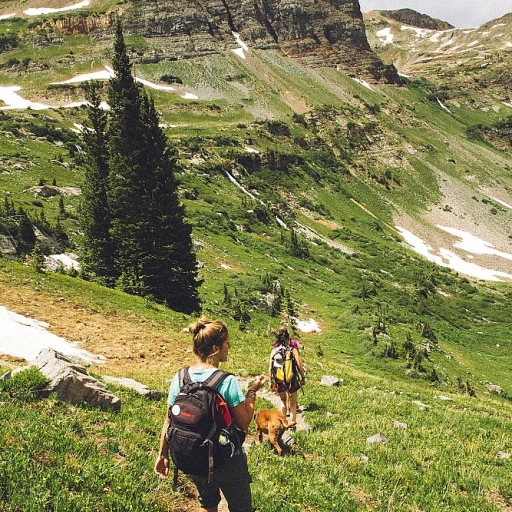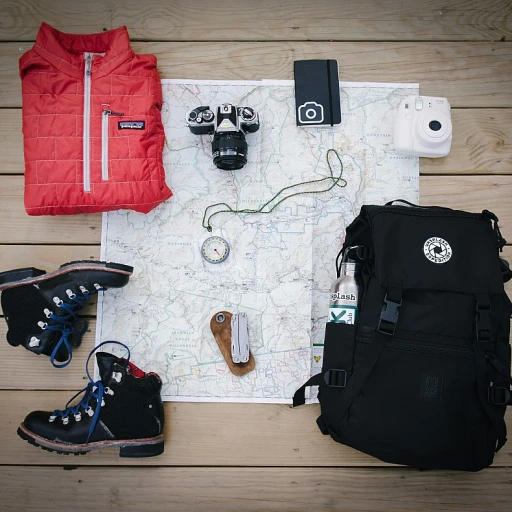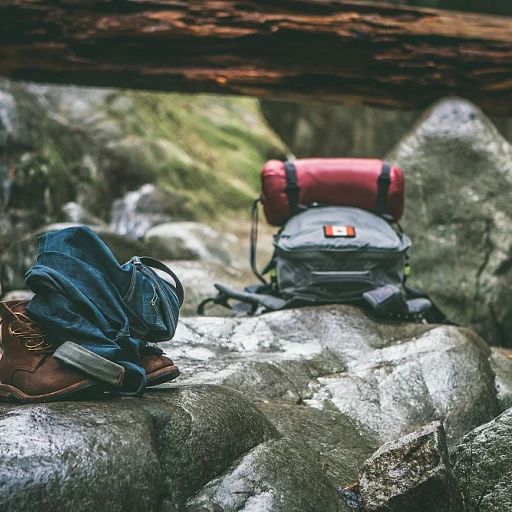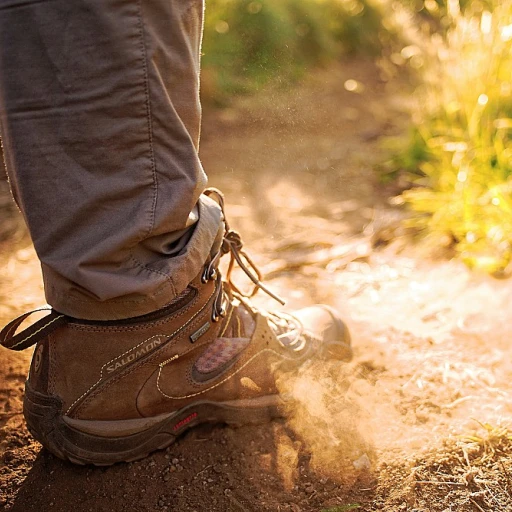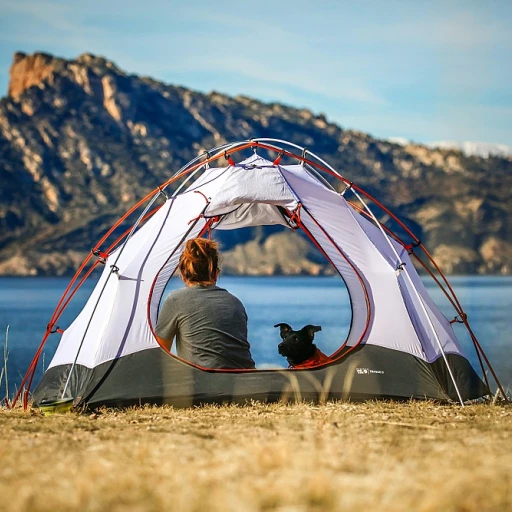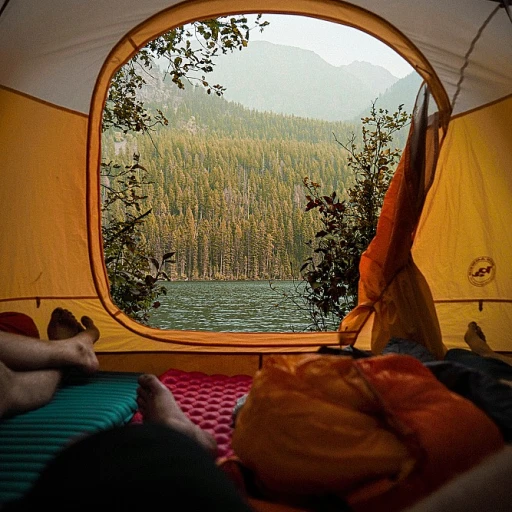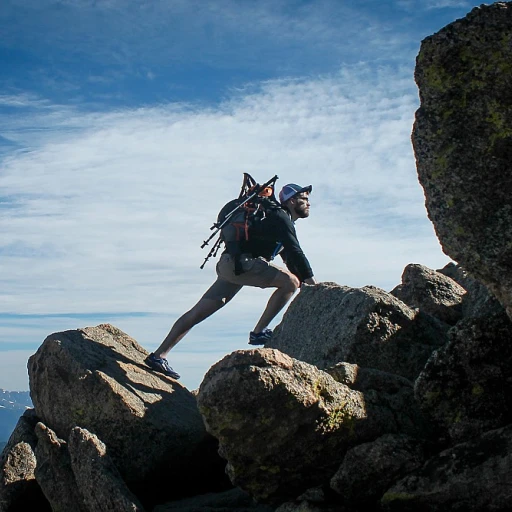
Understanding Ultra-Lightweight Boots
Embracing the Era of Modern Hiking Footwear
When stepping into the world of hiking footwear, the trend towards ultra-lightweight boots has taken a prominent spot, captivating both novices and seasoned enthusiasts. These boots stand at the intersection of innovation and practicality, offering a seamless blend of comfort and function. Brands like Merrell Moab and Salomon Ultra have emerged with lightweight hiking options that promise an unparalleled hiking experience.In essence, these boots redefine the traditional bulkiness associated with typical hiking boots, making them a popular choice for those looking to hike with ease. The emphasis is on crafting materials that not only hold up against the rigors of the trail but also offer maximum support and durability. Popular models such as the Altra Lone Peak and Hoka Kaha showcase lightweight benefits, proving that performance and comfort can indeed coexist.
These lightweight wonders come equipped with features like Gore-Tex linings, providing waterproof hiking capabilities without the extra weight. This advances them beyond just a comfort-driven choice, into a category that supports both short and long-distance trekkers. The mid GTX designs are particularly popular among those who venture into varying terrains, promising both ankle support and protection without compromising mobility.
The lightweight nature does not come at the cost of strength. Though often constructed with modern materials instead of traditional leather, these boots maintain robust protection and stability. Innovative designs like the toe box adaptations ensure greater foot comfort, crucial for those embarking on extended adventures.
For those looking to experience these advancements firsthand, it is advised to consult a versatile range of options to best match the needs of your hiking goals. This ensures that you are well-equipped to tackle any trail with confidence, supported by the latest in footwear technology.
Advantages for Outdoor Enthusiasts
Embracing the Lightweight Advantage
For outdoor enthusiasts, ultra-lightweight hiking boots provide an appealing blend of comfort and functionality. Transitioning from traditional models to these lighter options can make a world of difference on various trails, from leisurely nature walks to more challenging terrains. The primary advantage that captures attention is the sheer reduction in weight. When traversing long distances, the burden of heavy footwear can lead to fatigue and discomfort. Lightweight hiking boots like the Peak WTHR or the highly praised Salomon Ultra offer minimized weight without sacrificing essential features like cushioning and stability. This reduction in weight is particularly beneficial for day hikers looking for a more comfortable experience. Waterproof capabilities, such as in Gore Tex (GTX) models, are not compromised in these lighter boots. Waterproof hiking boots are crucial for those unpredictable weather conditions, ensuring that enthusiasts can keep their feet dry and comfortable. Options range from the rugged styles of leather boots to the breathable meshes of the Lone Peak models, catering to both men and women. An essential aspect of these boots is ankle support. While lightweight, these hiking boots ensure that enthusiasts don’t lose out on support, a critical factor when navigating tricky trails. The integration of superior ankle support enhances safety and offers peace of mind on uneven paths. Additionally, these boots are crafted to accommodate a variety of preferences, with choices in colors for men and women and designs tailored to specific needs. The Merrell Moab and the Hoka Kaha provide flexibility and are highly rated among users for their fit and resilience. Given the diverse range of options, selecting the best lightweight hiking boots can be daunting. For those eager to delve deeper into choosing the right pair, consider exploring more about finding the perfect fit. With guidance, outdoor enthusiasts can opt for boots that align with their hiking style and terrain demands. Thus, embracing ultra-lightweight hiking boots enriches the hiking experience, transforming it from a test of endurance into a more enjoyable adventure.Performance for Experienced Hikers
Enhanced Performance on Trails
For experienced hikers, performance is paramount, and choosing the right hiking boot can significantly impact the trekking experience. Ultra-lightweight hiking boots are designed to provide agility and speed, allowing hikers to cover longer distances with less fatigue.
With options like the Salomon Ultra and Altra Lone Peak, these boots offer impressive stability and grip, crucial for tackling rocky or uneven terrains. Notably, mid GTX boots with Gore-Tex feature waterproof capabilities that keep feet dry in wet conditions, which is essential for maintaining comfort and preventing blisters.
The lightweight nature does not mean compromising on support. Many models, like the Hoka Kaha and Merrell Moab, incorporate advanced ankle support to aid in preventing injuries on challenging trails. Understanding these elements helps hikers select the best lightweight hiking boot suited to their individual needs and terrain preferences.
With the right pair of boots, the foot’s natural mechanics are complemented rather than restricted. It's not just about saving weight; it's about optimizing each step, finding the right balance between weight, support, and durability. For more insights on appropriate hiking attire and gear, explore essential attire for summer hiking adventures, ensuring you're fully equipped for the trail.
Mountaineering with Ultra-Lightweight Boots
Mastering the Mountains with Featherlight Boots
When it comes to mountaineering, the right footwear can be crucial. Opting for ultra-lightweight hiking boots can make a substantial difference on rugged trails and steep ascents. These boots not only cut down on weight but also offer remarkable flexibility, reducing fatigue on long hikes. For a mountaineer, balance and ankle support are essential. Brands such as Salomon Ultra and Hoka Kaha have crafted boots that provide optimum stability without compromising on the lightweight factor. The mid GTX variant is frequently a popular choice, combining the strength of Gore-Tex with the lightweight materials that give hikers the best of both worlds. Waterproof hiking boots are critical for unpredictable weather conditions in the mountains. With innovative designs that include a waterproof fill and a spacious toe box, these boots keep feet dry while allowing for natural movement, a feature notably apparent in waterproof hiking models like the Altra Lone Peak or the La Sportiva Ultra Raptor. The price range varies significantly among lightweight hiking boots, but investing in quality is wise. Whether for men or women, choosing the right pair involves evaluating material quality, such as leather or synthetic uppers, and the level of support required for your specific trail destinations. Mountaineers often prefer the confiding embrace of leather boots for their durability and support, while the more budget-conscious might lean towards synthetic options. Comparing reviews and seeking boots that match your personal hiking needs is vital. In summary, for those who brave the summits, ultra-lightweight hiking boots bring the perfect blend of support and speed, proving to be an essential component of a mountaineer's gear, whether you're prowling rocky terrains or chasing the horizon at dizzying altitudes.Choosing the Right Pair
Selecting Your Ideal Ultra-Lightweight Hiking Boots
Choosing the perfect pair of ultra-lightweight hiking boots can make a significant difference in your outdoor adventures. With numerous options available, it’s essential to consider some factors to ensure you find a pair that meets your needs and preferences.
- Fit & Comfort: A proper fit is crucial for performance and comfort. Look for boots that offer adequate ankle support and a roomy toe box. Options like the Hoka Kaha and Altra Lone Peak prioritize comfort, often featuring a wider fit.
- Material & Fabrics: The choice of materials impacts durability, breathability, and weight. Models such as the Salomon Ultra and Merrell Moab use lightweight materials like synthetic fabrics and Gore-Tex (GTX), enhancing waterproof properties without adding bulk.
- Intended Use: Think about where you’ll be hiking. For varied terrains and long distances, lightweight options with a mid GTX build and robust sole support, like the Sportiva Ultra Raptor, prove useful. Mid-height boots like the Pro GTX offer more ankle support for rugged trails.
- Weather Conditions: If you plan to hike in wet environments, waterproof hiking boots are essential. Waterproof models often incorporate a Gore-Tex lining, keeping feet dry while maintaining breathability.
- Price: Budget considerations shouldn’t be overlooked. While premium leather models may offer longer durability, options available at varying price points can meet performance needs effectively. Comparing reviews can help determine the best lightweight hiking boots for your budget.
- Personal Style: Many options come in various colors for both men and women, allowing you to choose a pair that suits your personal taste without compromising functionality. Whether opting for Hoka, Lone Peak, or another favorite, style should meet substance.
Exploring different options and trying them on will ensure you find a hiking boot that enhances your outdoor experiences, making each trail more enjoyable.
Care and Maintenance Tips
Keep Your Ultra-Lightweight Boots in Peak Condition
Proper care and maintenance of your ultra-lightweight hiking boots can significantly extend their lifespan and ensure optimal performance. Here are some essential tips:- Regular Cleaning: Accumulated dirt can degrade materials and affect the performance of features like waterproofing. After each hike, clean your boots with a brush to remove mud and debris. For more stubborn dirt, use mild soap and water.
- Waterproofing Maintenance: Many ultra-lightweight boots come with a Gore-Tex lining for waterproof protection. To maintain this feature, periodically apply a waterproof treatment suitable for the material of your boots, whether they're leather or synthetic.
- Proper Drying: If your shoes get wet, avoid placing them near direct heat sources as this can damage the material and compromise the fit. Instead, stuff them with newspaper or use a boot dryer to absorb moisture.
- Check for Wear and Tear: Regularly inspect your boots for signs of wear and tear, such as thinning sole material or compromised gtx lining. Attending to these issues promptly ensures you maintain the integrity and support necessary for all trails.
- Store Wisely: Store your boots in a cool, dry place away from direct sunlight to prevent material deterioration. Consider using a boot tree to maintain shape.
